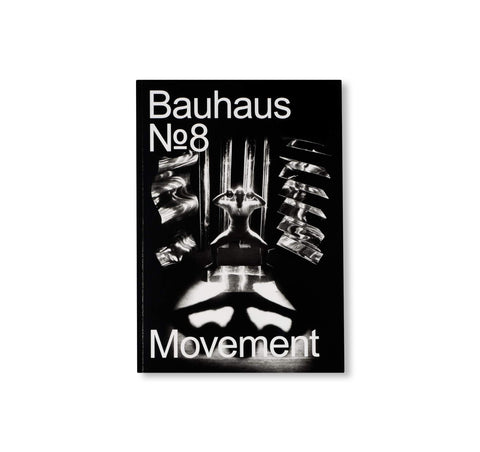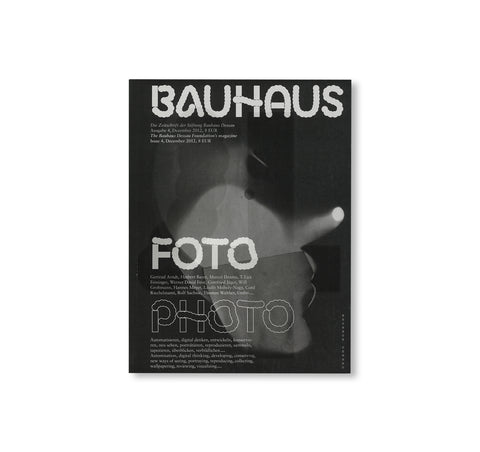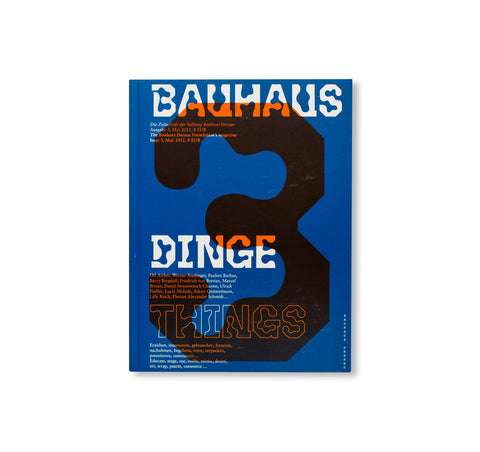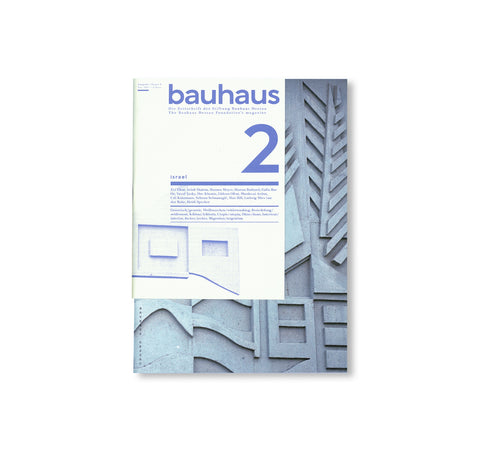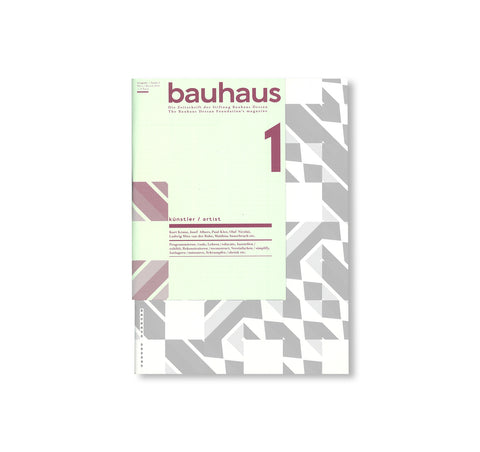HUMAN - SPACE - MACHINE - Stage experiments at the Bauhaus / Edition Bauhaus 38 by Stiftung Bauhaus Dessau
「EDITION BAUHAUS」シリーズ第38作。モダニズムを代表するドイツ人建築家、ヴァルター・グロピウス(Walter Gropius)は1921年にバウハウスのバウハウスシアターワークショップ(舞台工房)を創設し、人間とテクノロジーの関係にまつわる新たな研究と実験を行った。その中心人物であったドイツ人アーティストであり演出家のローター・シュライヤー(Lothar Schreyer)、ドイツ人芸術家、彫刻家、デザイナーであり振付師でもあるオスカー・シュレンマー(Oskar Schlemmer)、ハンガリー出身の写真家、画家、タイポグラファー、美術教育家のモホリ=ナジ・ラースロー(László Moholoy-Nagy)らは機械化、機械による産業化、合理化が孕む問題を探求。産業化され、技術によって活性化された環境との新しく有意義な関係性を追い求めた。この者たちは、舞台工房で抽象的な動きの研究を進め、舞台演出に使う構造を考え舞台装置を作り出し、かの有名な「バウハウスの祝祭」を主催、「NEW HUMANS」集団としてその時代に在った。本書は伝説的なバウハウスの舞台工房が実験と考え方をテーマにした初めての展覧会「バウハウスの舞台実験 - 人間、空間、機械(HUMAN - SPACE - MACHINE - Stage experiments at the Bauhaus)」展の開催に伴い刊行された図録であり、そのスケッチ、ドローイング、写真に加え、映像、人形、舞台衣装、模型、舞台装置などの資料を収録している。
In 1921, Walter Gropius founded a theater workshop at the Bauhaus. It conducted new research and experiments on the relationship between humans and technology. The central protagonists Lothar Schreyer, Oskar Schlemmer, and László Moholoy-Nagy investigated the issues of mechanization, machine industrialization, and rationalization. They sought a new, meaningful relationship with the dynamized, increasingly technically animated environment. In their stage laboratory, they developed abstract motion studies, designed atmosphere machines, and built theater apparatus. They also organized the famous Bauhaus celebrations, where they staged themselves as a collective of »new humans«. For the first time, an exhibition and a catalog with sketches, drawings, photographs as well as films, figurines, costumes, models, and apparatus are now devoted to the experiments and concepts of the legendary Bauhaus stage.
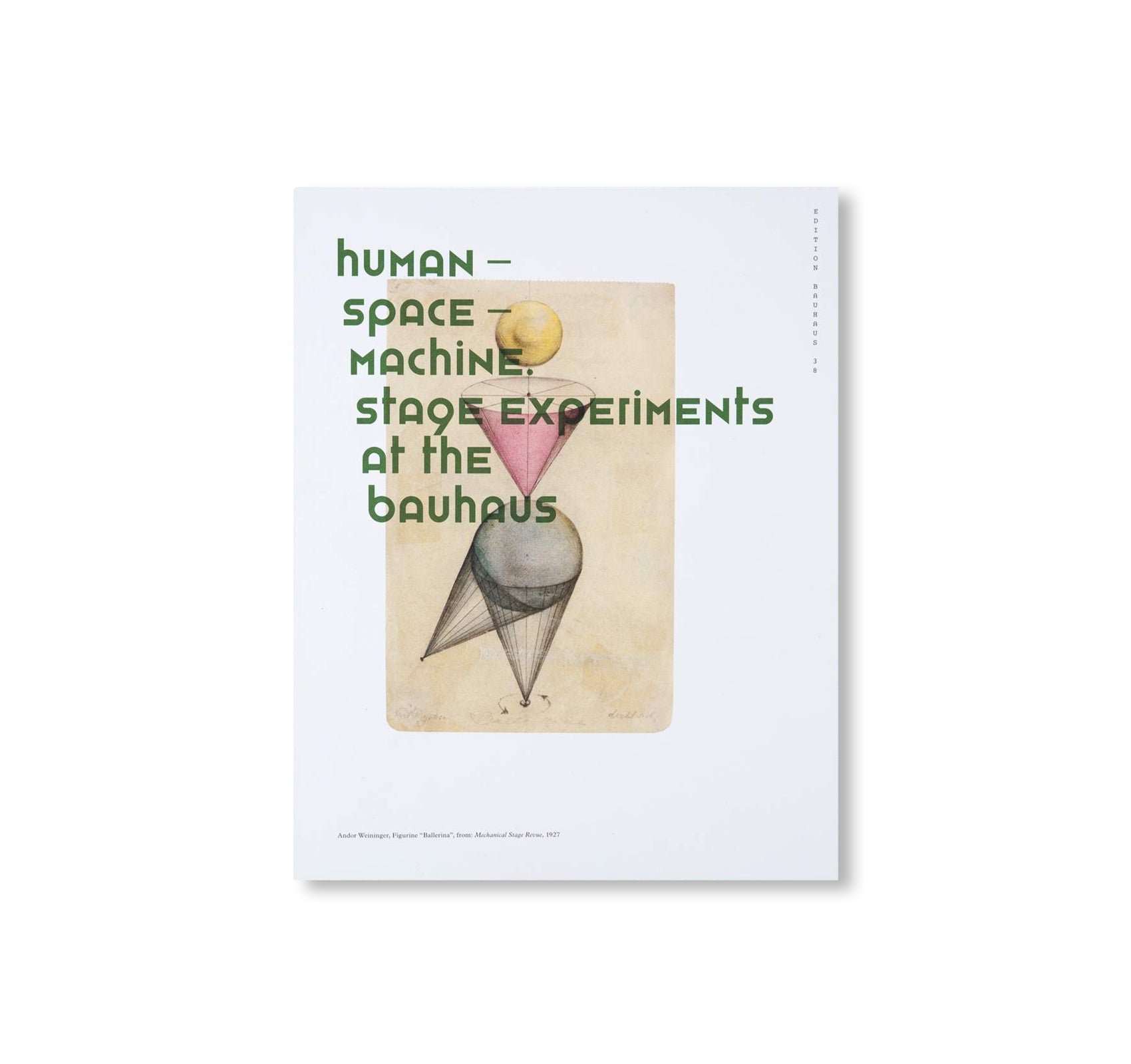
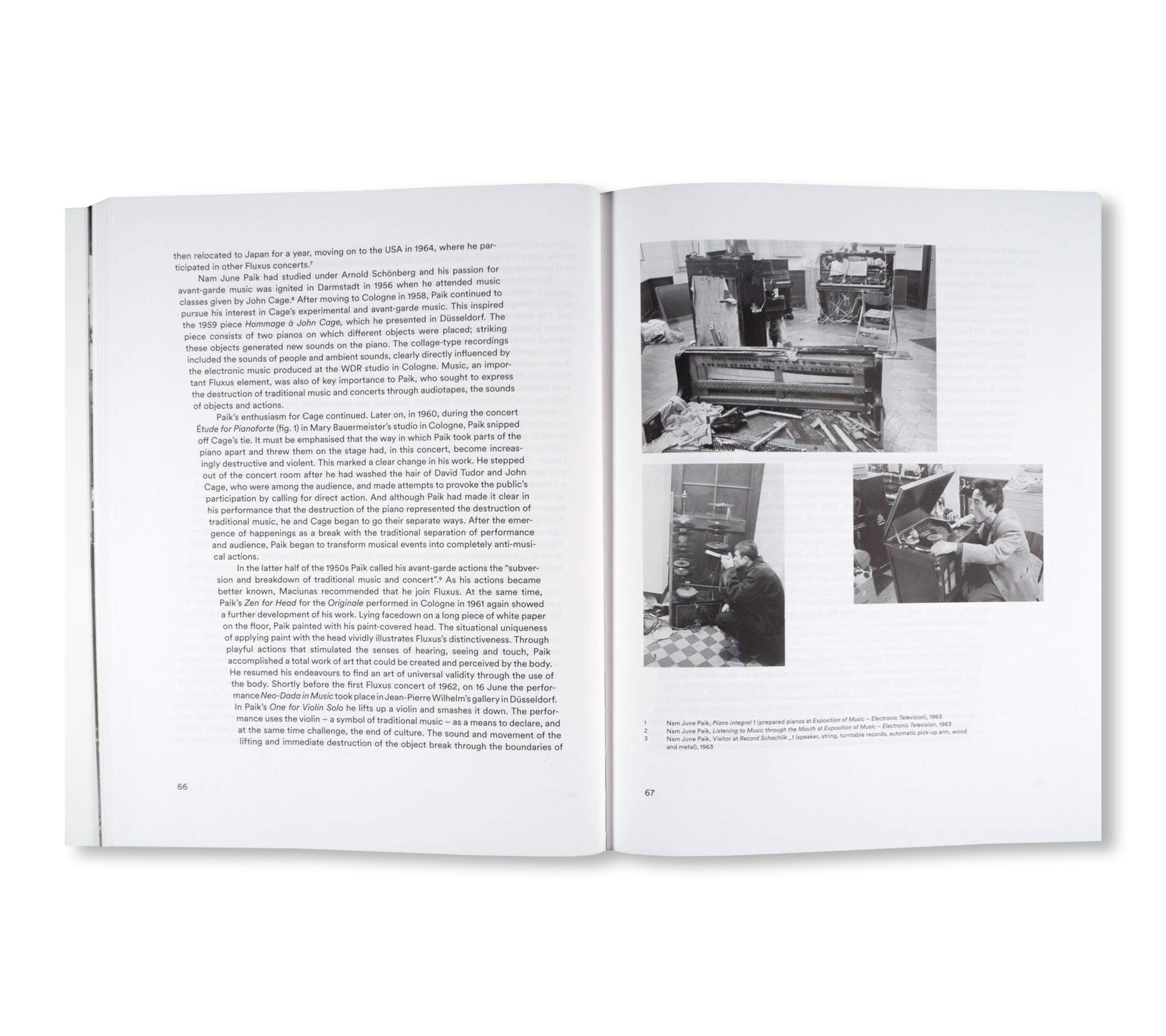
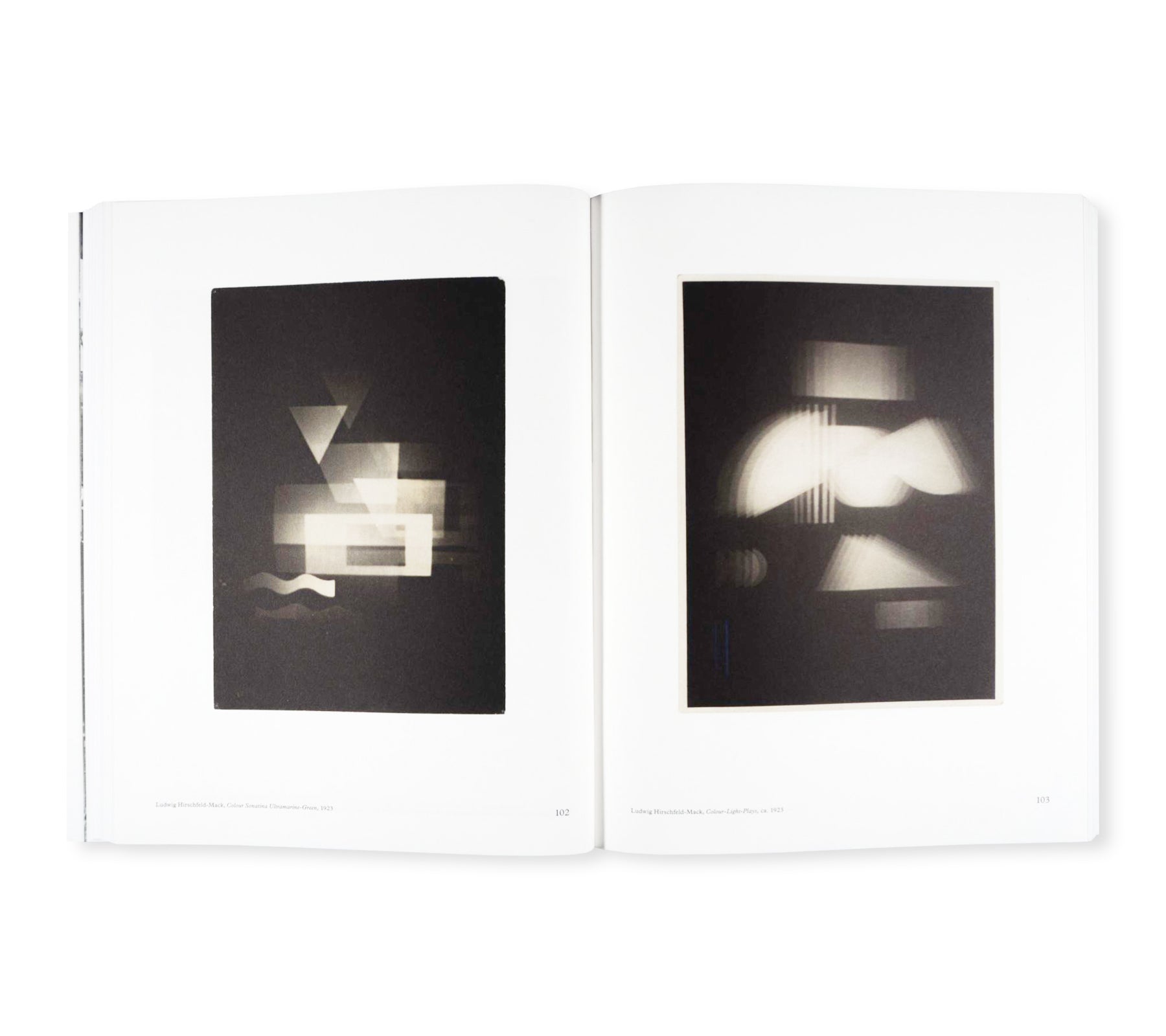
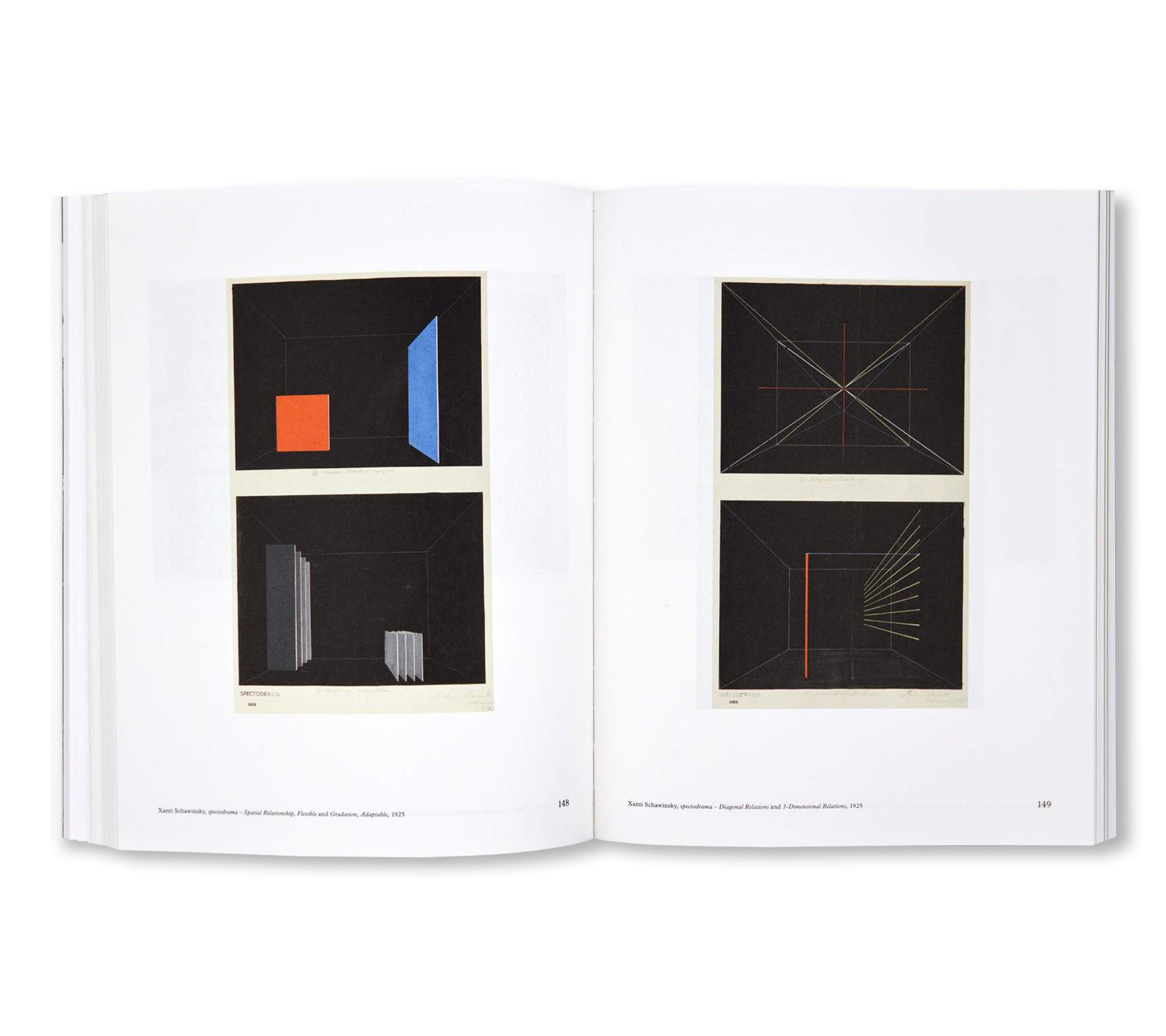
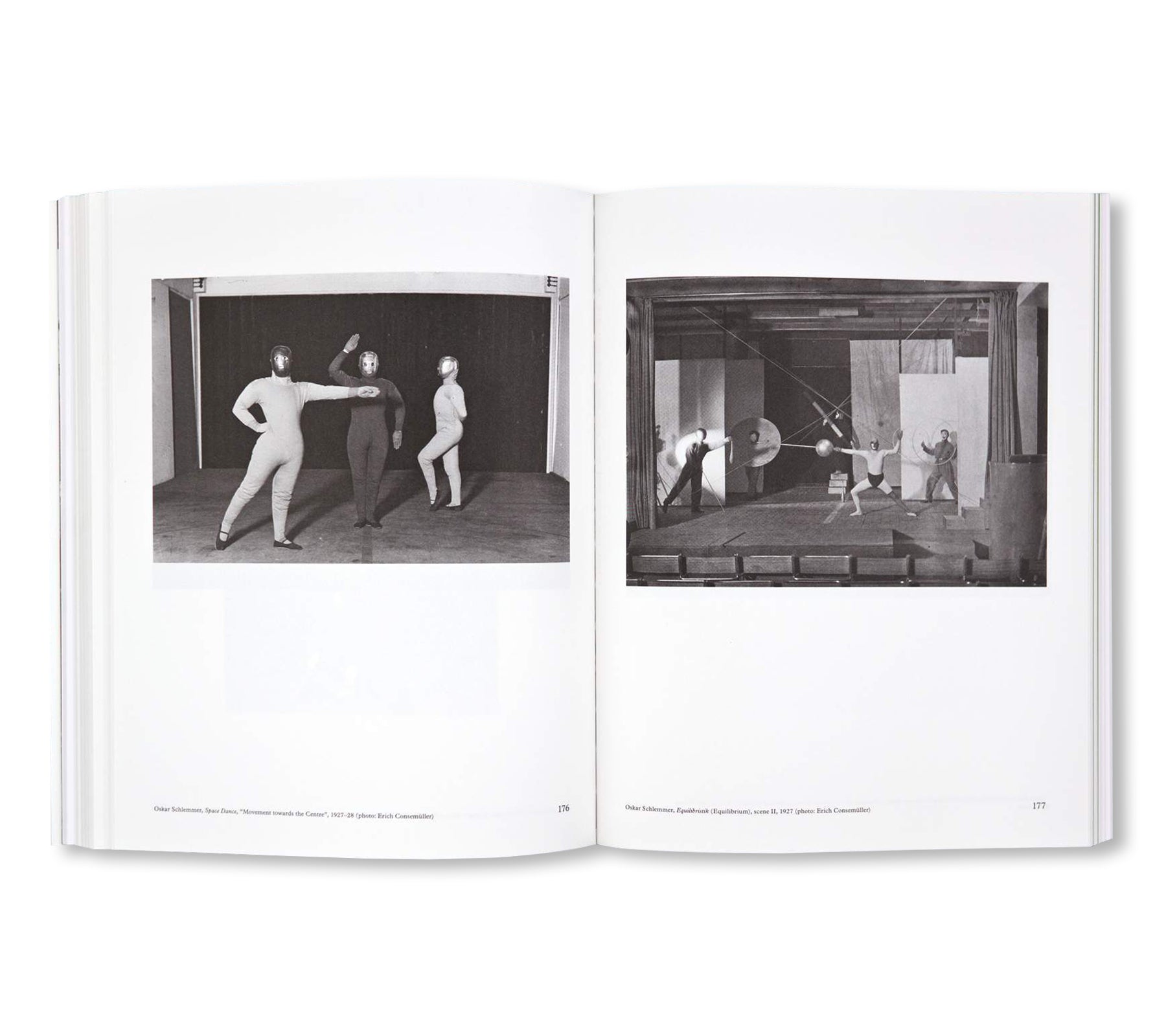
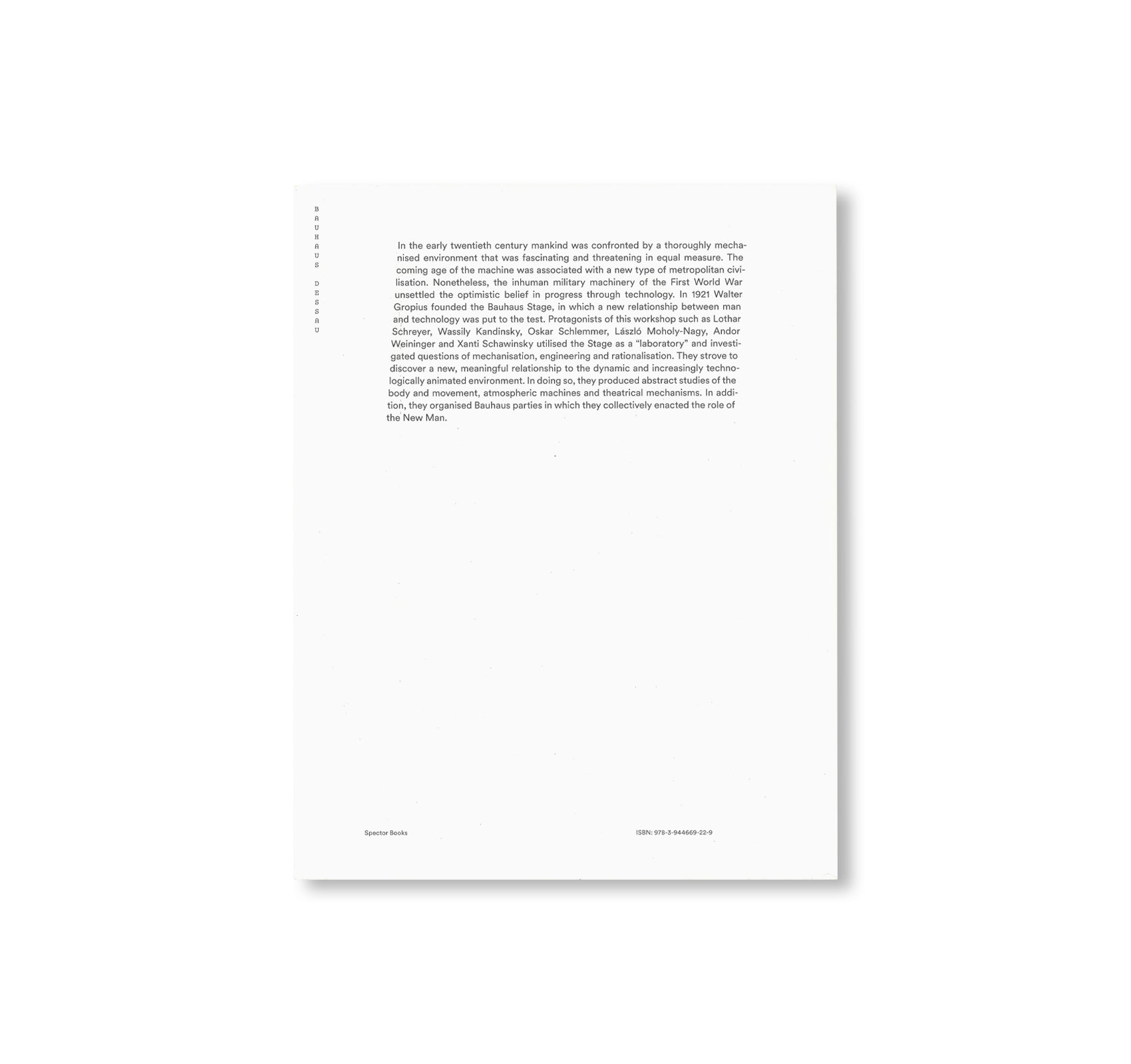

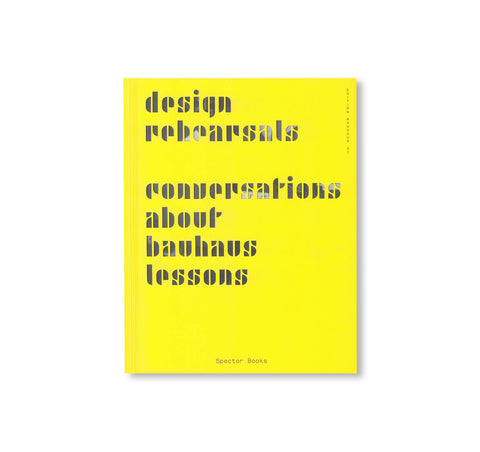


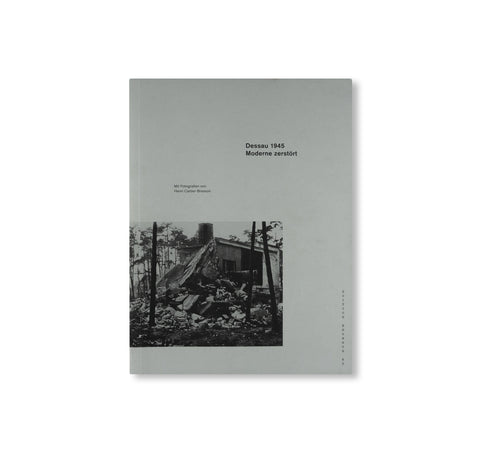
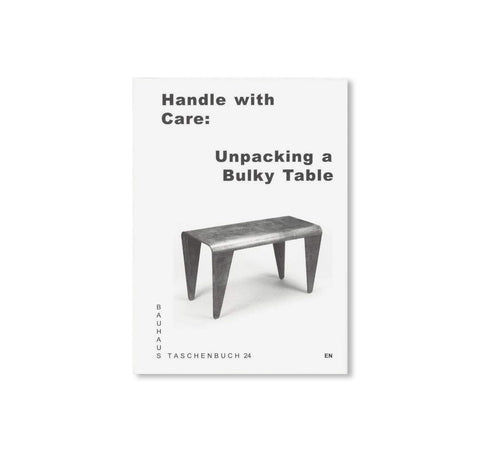
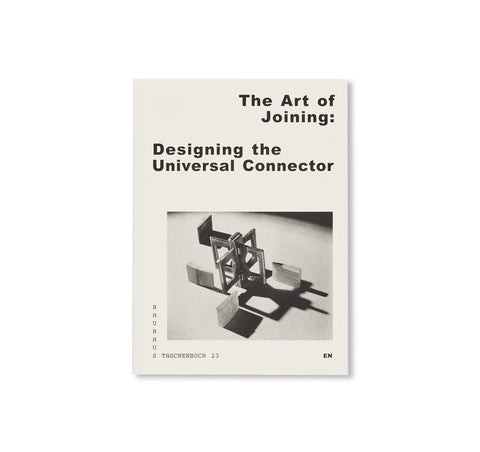
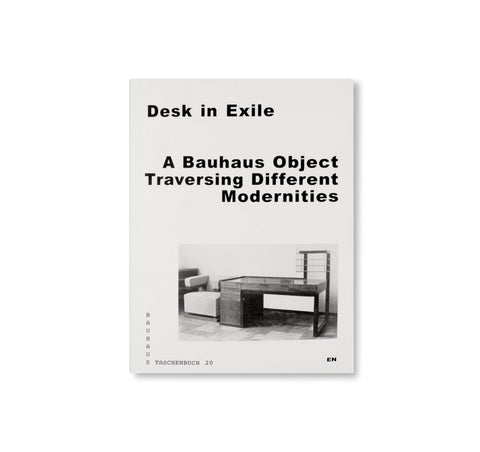
![MOBILITÄTSDESIGN FÜR DIE BAUHAUS FAHRRADSTADT - Bauhaus Paperback 19 - by Stiftung Bauhaus Dessau [GERMAN EDITION]](http://twelve-books.com/cdn/shop/products/MOBILITATSDESIGNFURDIEBAUHAUSFAHRRADSTADT000_large.jpg?v=1595182154)
![JUNGES DESIGN IN DEN MEISTERHÄUSERN DESSAU - Bauhaus Paperback 17 by Stiftung Bauhaus Dessau [GERMAN EDITION]](http://twelve-books.com/cdn/shop/products/JUNGESDESIGNINDENMEISTERHAUSERNDESSAU000_large.jpg?v=1595180724)
![JUNKERS BAUT. EINE SPURENSUCHE - Bauhaus Paperback 13 by Sven Tornack, Andreas Butter, Stiftung Bauhaus Dessau [GERMAN EDITION]](http://twelve-books.com/cdn/shop/products/JUNKERSBAUT00_large.jpg?v=1596796389)
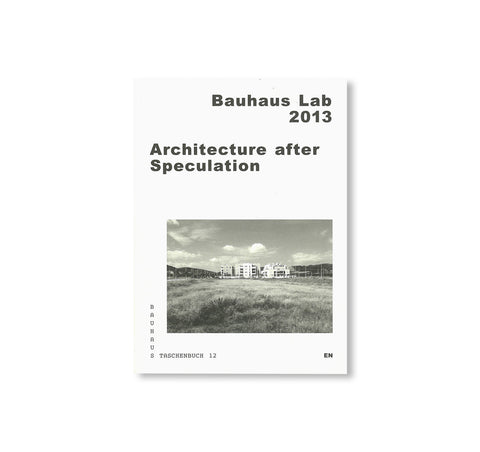
![JUNGES DESIGN AM BAUHAUS DESSAU / Bauhaus Paperback 11 by Jutta Stein, Katja Klaus, Stiftung Bauhaus Dessau [GERMAN EDITION]](http://twelve-books.com/cdn/shop/products/JUNGESDESIGNAMBAUHAUSDESSAU000_large.jpg?v=1595180761)
![DIE MEISTERHÄUSER IN DESSAU / Bauhaus Paperback 10 by Stiftung Bauhaus Dessau [GERMAN EDITION]](http://twelve-books.com/cdn/shop/products/DieMeisterhauserinDessau00_large.jpg?v=1595164999)
![DIE SIEDLUNG DESSAU TÖRTEN 1926 bis 1931 / Bauhaus Paperback 7 by Stiftung Bauhaus Dessau [GERMAN EDITION]](http://twelve-books.com/cdn/shop/products/DIESIEDLUNGDESSAUTORTEN1926BIS1931-BAUHAUSTASCHENBUCH700_large.jpg?v=1594927350)
![DAS BAUHAUSGEBÄUDE IN DESSAU / Bauhaus Paperback 5 by Christin Irrgang, Ingolf Kern, Stiftung Bauhaus Dessau [GERMAN EDITION]](http://twelve-books.com/cdn/shop/products/DASBAUHAUSGEBAUDEINDESSAU000_large.jpg?v=1595174641)



